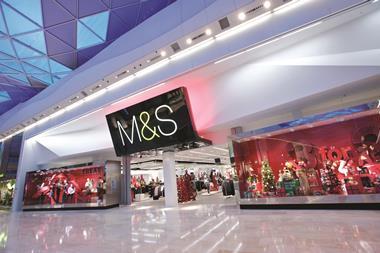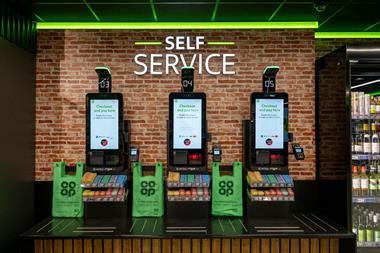IT budgets are holding firm, but retail CIOs are being asked to do more with them, particularly around multichannel
We jointly hosted a breakfast with BT for IT directors at the BT Tower this morning, where the results of Martec’s respected annual IT in retail report were unveiled.
Regular readers will know I’m no expert on IT, but Joanna is and chaired the debate excellently, and it was good to see all my favourite IT directors there like John Bovill of Aurora and Ian Woosey of Carpetright, plus a few new faces. The views up there are amazing, but BT decided not to turn on the system that makes the tower revolve - some people get a bit seasick if they make it spin (albeit at very low speed) during brekkie.
The main finding was that overall IT spending by the top 100 UK retailers remains at 1.1% of sales, the same figure as last year. Home shopping retailers have the highest percentage at 3.5% - as they don’t have networks of stores to maintain - and supermarkets the least, at 0.7%. The 1.1% figure isn’t so great when you consider that in all the previous four years the figure was 1.3% of sales, and Martec reckon IT budgets may never return to these pre-recession levels.
What I found most interesting during the debate over breakfast was how that 1.1% of sales is being spent. Because while total IT budgets are remaining static, the IT directors around the table all confirmed they were being asked to squeeze a lot more out of them.
Jo asked them in turn what their priorities are going to be over the year ahead, and multichannel came out miles ahead as the biggest. Not surprising really, as this is an area retailers just can’t afford to be behind the curve on as customers’ expectations of retailers’ online offers grow. For many becoming a true multichannel retailer will also require an investment in merchandise planning systems too, so that stores are genuinely integrated with other channels.
So what gives to pay for this investment? Well, the view seemed to be that squeezing the day to day costs of running the IT function in order to fund investment in development is the name of the game. That’s bad news for vendors but they’ve become used to retailers putting the squeeze on them, and by the sounds of things, they’ve not been putting up too much resistance. That’s the nature of being a vendor of any type to retailers these days.


























3 Readers' comments